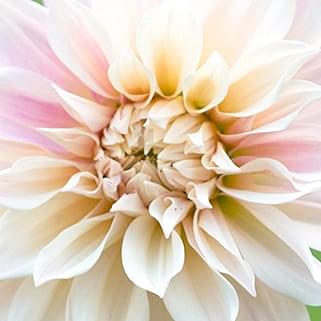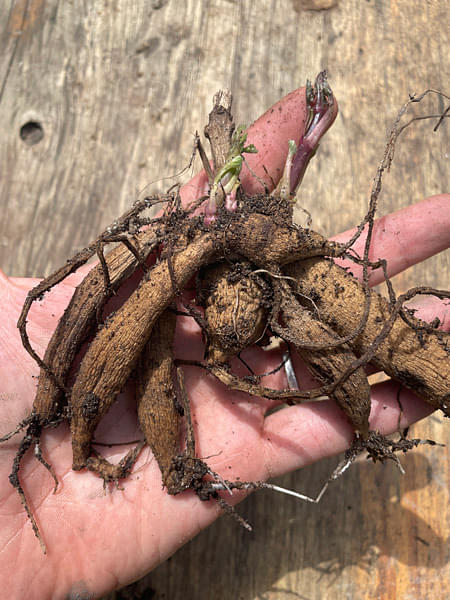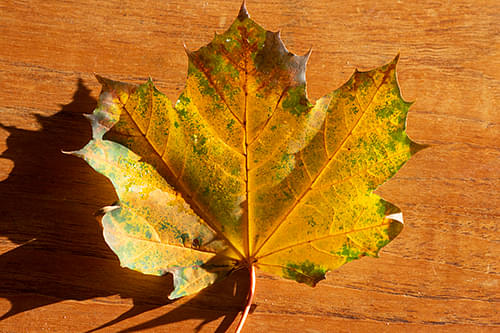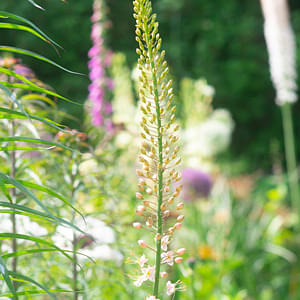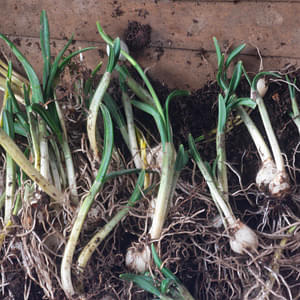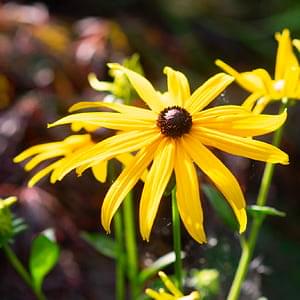How to plant anemones Coronaria De Caen and St Brigid
- How to plant Bulbs - Autumn planting bulbs
- 11 Feb 2020
-
71views
Anemones coronaria or poppy anemones produce bold single (De Caen) or double (St Brigid) flowers above soft rosette of ferny foliage. Naturalising easily, these charming plants will make a stunning effect planted en masse in the garden border or container and will provide weeks of constant supply of cut flowers. Please note that if you cut flowers early, tubers will put their energy into producing a new stem.
Plant around 75 corms per square metre, preferably in light, sandy soil in full sun — anemones coronaria will not tolerate waterlogged soils. Pre-soak corms in tepid water overnight and dry before planting. Feed every couple of weeks with high potash feed. If you garden organically, liquid seaweed is ideal as it’s organic and comes from a sustainable source. Keep soil dry during dormancy and provide a light mulch in late summer/early autumn.
Always unpack on arrival and store in a cool place until ready to plant. Take care! Anemones coronaria are toxic and can be harmful to cats and dogs.
Potential problems, pests and diseases:
- Caterpillars: these larvae feed on a wide range of plant material including roots, stems, foliage and flowers, causing both aesthetic and structural damage. Whenever possible, put on gardening gloves and remove by hand. Alternatively, cover susceptible plants with a layer of horticultural fleece to prevent any risks of infestation.
- Eelworms: these microscopic pests navigate through plant tissues and feed on cells. Leaves turn yellow, distort and die back prematurely whilst growth may be stunted. Watch out for any signs of infestation and destroy any affected plant at first sight. Dispose of any deceased plant material and debris ahead of the growing season to prevent any risks of infestation.
- Snails and slugs: these pests enjoy munching on young shoots, stems, leaves and flowers. Watch out for damage!
- Leaf spots: these bacterial/fungal diseases can usually be seen as sooty growths or spots on the leaves — these will progressively turn brown with a yellow margin before eventually dying. Remove and dispose of any infected leaves.
- Powdery mildews: these fungal diseases usually caused by planting in the shade or by poor air circulation can be seen in the form of white, powdery coating on the leaves. Cut off any infected material before disinfecting your scissors.




